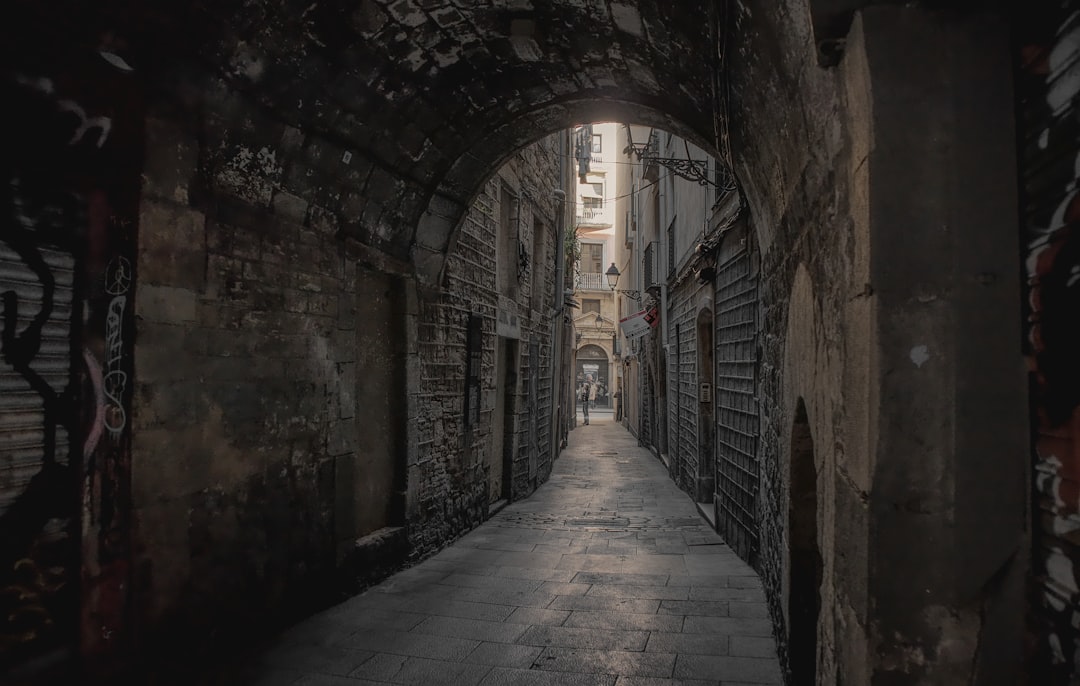What is it about?
In this essay, the question of landscape is tackled through the juxtaposition of two different but complementary approaches: Josep Pla’s writings on the Empordà, and Georg Simmel’s philosophy of landscape. The idea of Stimmung that, according to Simmel, “glues” a landscape together is challenged by Pla’s description of the ancient ruins of Empúries as a fragmented landscape.
Featured Image

Photo by Rotem Abir on Unsplash
Why is it important?
Pla not only focuses on the question of landscape in and of itself but also on how it affects the personality of the observer and how it generates a particular historical unity. In the case of Empúries, this unity turns out to be highly evocative and must be protected from the instrumental Catalan nation-building promoted by Noucentisme, as well as the banal gaze of mass tourism. However, the search for purity of experience and Mediterranean measure inevitably leads Pla to confess that he is a patriot of his landscape; thereby adopting some of the attitudes he is criticizing.
Perspectives
With this essay I would like to contribute to the debate on Catalan identity and the role that the Classics play in it, Catalonia being a nation without state that has attempted to affirm itself through history on multiple occasions.
Dr. Pau Guinart
Stanford University
Read the Original
This page is a summary of: THE CATALAN CLASSICAL SCENERY: JOSEP PLA’S ACCOUNT OF THE GRECO-ROMAN RUINS OF EMPÚRIES THROUGH GEORG SIMMEL’S PHILOSOPHY OF LANDSCAPE, Catalan Review, June 2020, Liverpool University Press,
DOI: 10.3828/catr.34.3.
You can read the full text:
Resources
Contributors
The following have contributed to this page










